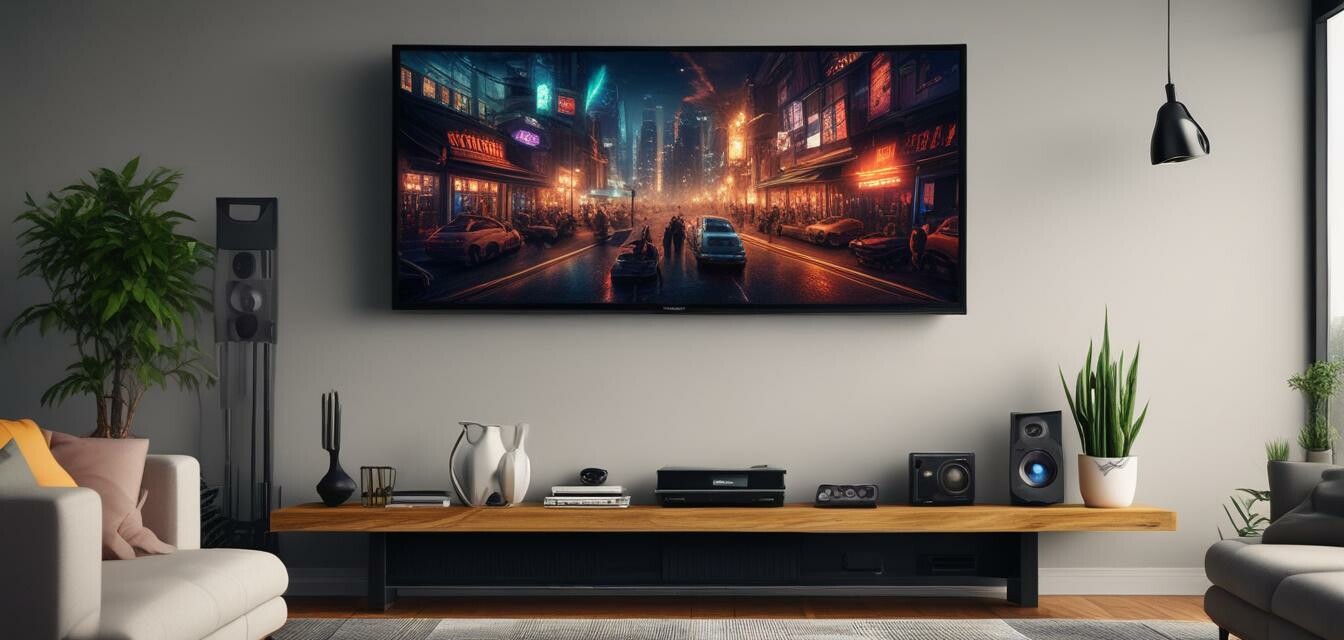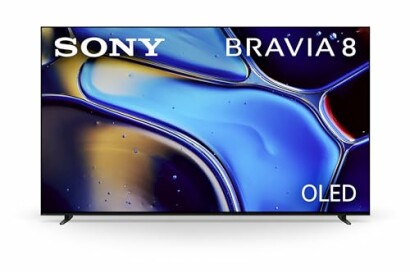
HDR vs. Non-HDR: The Impact on Gaming Experience
Key Takeaways
- HDR provides enhanced color and contrast in gaming, making visuals more lifelike.
- Standard TVs may struggle with dark scenes and less vibrant colors.
- Choosing the right display technology can significantly affect gaming performance.
- Consider factors like input lag and refresh rate alongside HDR capability.
- Many modern gaming consoles support HDR, enhancing the overall gaming experience.
When it comes to gaming, the quality of your television can greatly affect your overall experience. Two popular types of displays today are HDR (High Dynamic Range) and Non-HDR televisions. Understanding the differences between these two technologies can help you make an informed choice for your gaming setup. In this article, we'll delve into how HDR impacts gaming performance compared to standard displays.
Understanding HDR and Non-HDR Televisions
Before we dive into the effects of these technologies on gaming, it’s essential to understand what HDR and Non-HDR (SDR - Standard Dynamic Range) mean:
| Technology | Description | Common Characteristics |
|---|---|---|
| HDR | High Dynamic Range expands the range of both contrast and color, making images more realistic. | Bright highlights, full darks, rich colors |
| Non-HDR | Traditional Standard Dynamic Range limits the color and contrast range. | Duller colors, washed out darks, limited brightness |
How HDR Enhances the Gaming Experience
HDR technology can significantly enhance the gaming experience in several ways:
- Improved Color Depth: HDR TVs can display a wider range of colors, making games visually stunning.
- Better Contrast: Enhanced brightness levels allow for more detail in shadows and highlights.
- Immersive Environments: Games designed with HDR can create more lifelike environments that pull players deeper into the experience.
- Increased Realism: HDR allows for a more cinematic look, closely resembling how a person experiences the real world.
Game Compatibility with HDR
Many modern gaming consoles provide support for HDR content. This includes:
- PlayStation 5
- Xbox Series X
- PC gaming with compatible graphics cards
Input Lag and Refresh Rate
While HDR is an essential feature for enhancing graphics, it’s important to consider other factors such as input lag and refresh rate. Here’s how these specs affect gaming:
Tips for Optimal Gaming Setup
- Look for a display with at least a 120 Hz refresh rate for smoother gameplay.
- A low input lag (ideally under 20 ms) benefits fast-paced games.
- Choose gaming modes on your TV to minimize processing time.
Comparing HDR vs. Non-HDR Performance
| Feature | HDR | Non-HDR |
|---|---|---|
| Color Range | Wide and vibrant colors | Limited color reproduction |
| Brightness | Higher peak brightness | Standard brightness levels |
| Shadow Detail | More detail in dark areas | Less detail in dark areas |
| Game Compatibility | Compatible with next-gen consoles | Limited support for new titles |
Recommended HDR Gaming TV
Sony 65 Inch OLED 4K Ultra HD TV BRAVIA 8
Experience lifelike visuals with the Sony 65 Inch OLED 4K TV, designed specifically for gaming with exclusive features for PlayStation 5.
Learn MoreThe Future of Gaming Displays
As technology advances, we expect HDR capabilities to become even more integral in gaming displays. Features such as HDR TVs for Gaming will continue to evolve, leading to an increasingly immersive gaming experience.
Ultimately, the choice between HDR and Non-HDR should be influenced by how you game. If you play visually dynamic games and appreciate stunning graphics, investing in an HDR TV could vastly enhance your gaming experiences.
Conclusion
When aiming for immersive gaming, HDR undeniably provides a substantial advantage. By supporting a broader spectrum of colors and better contrast, it elevates the gameplay to new heights. Making an informed choice when investing in a gaming television helps you achieve the best possible performance and enjoyment in your gaming sessions.
Pros
- Enhanced visual quality with vibrant colors
- More detail in dark scenes
- Supports cutting-edge gaming technology
- Optimized for major gaming consoles
Cons
- Higher price point compared to Non-HDR TVs
- Content availability may vary
- Not all games support HDR

